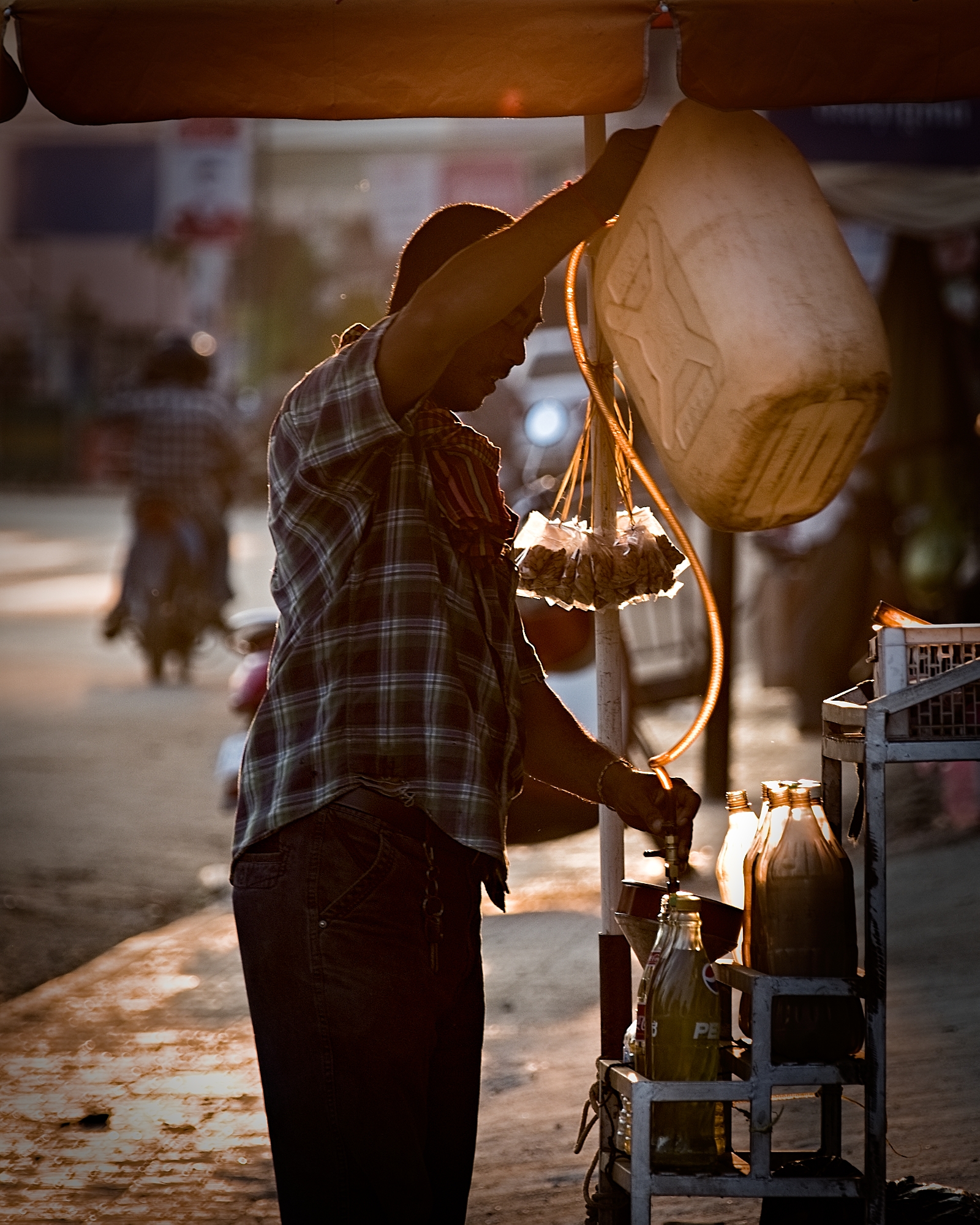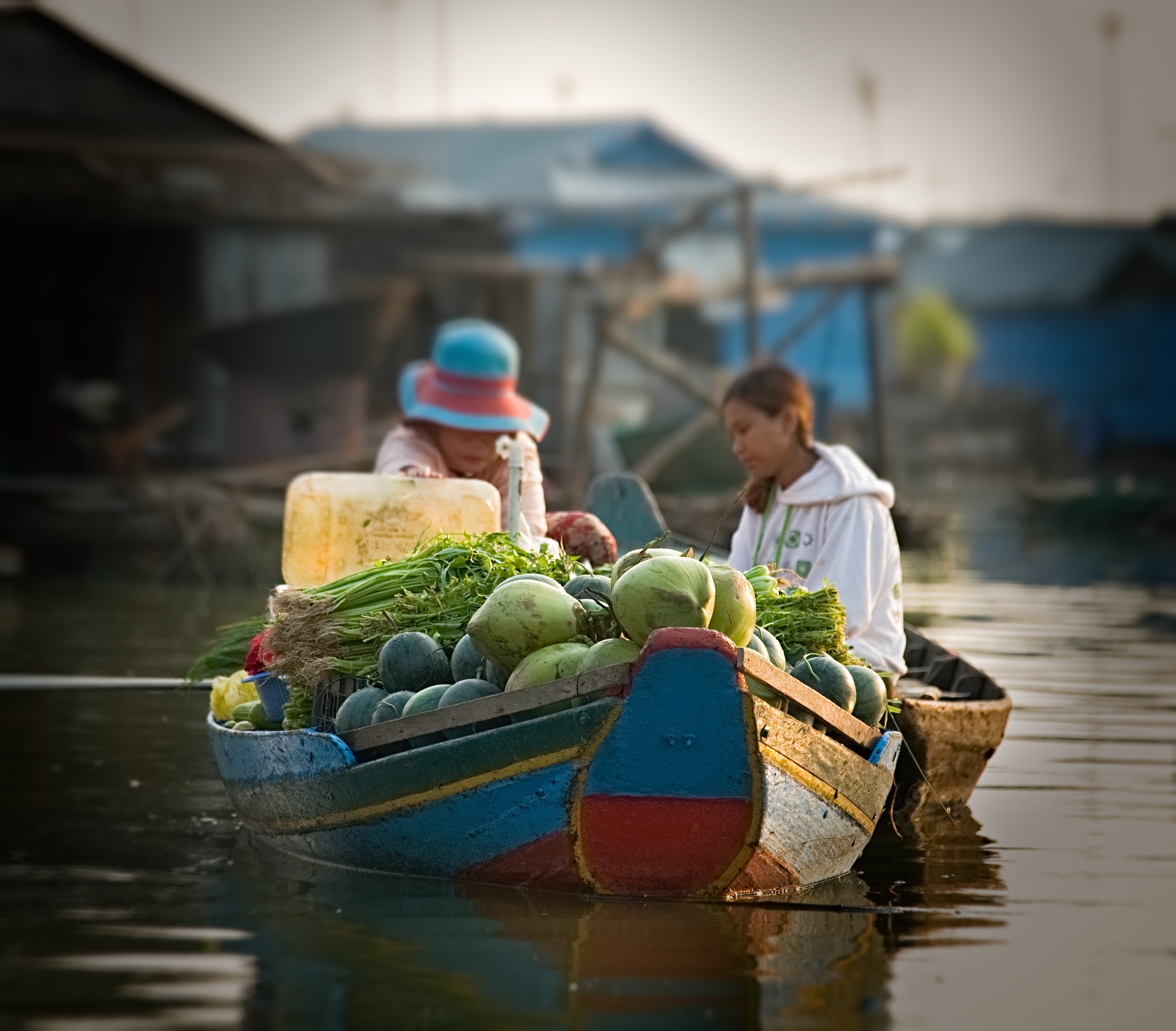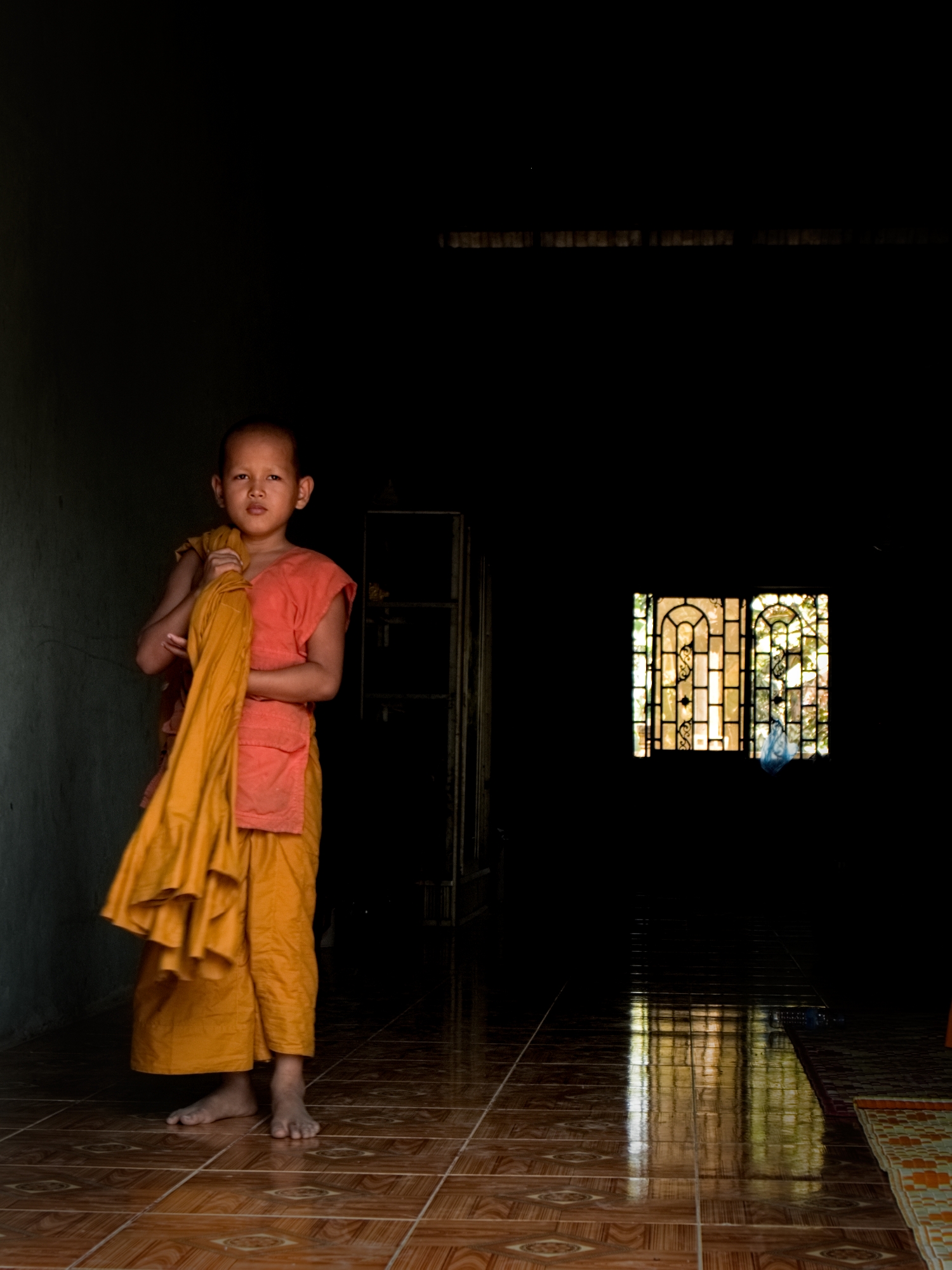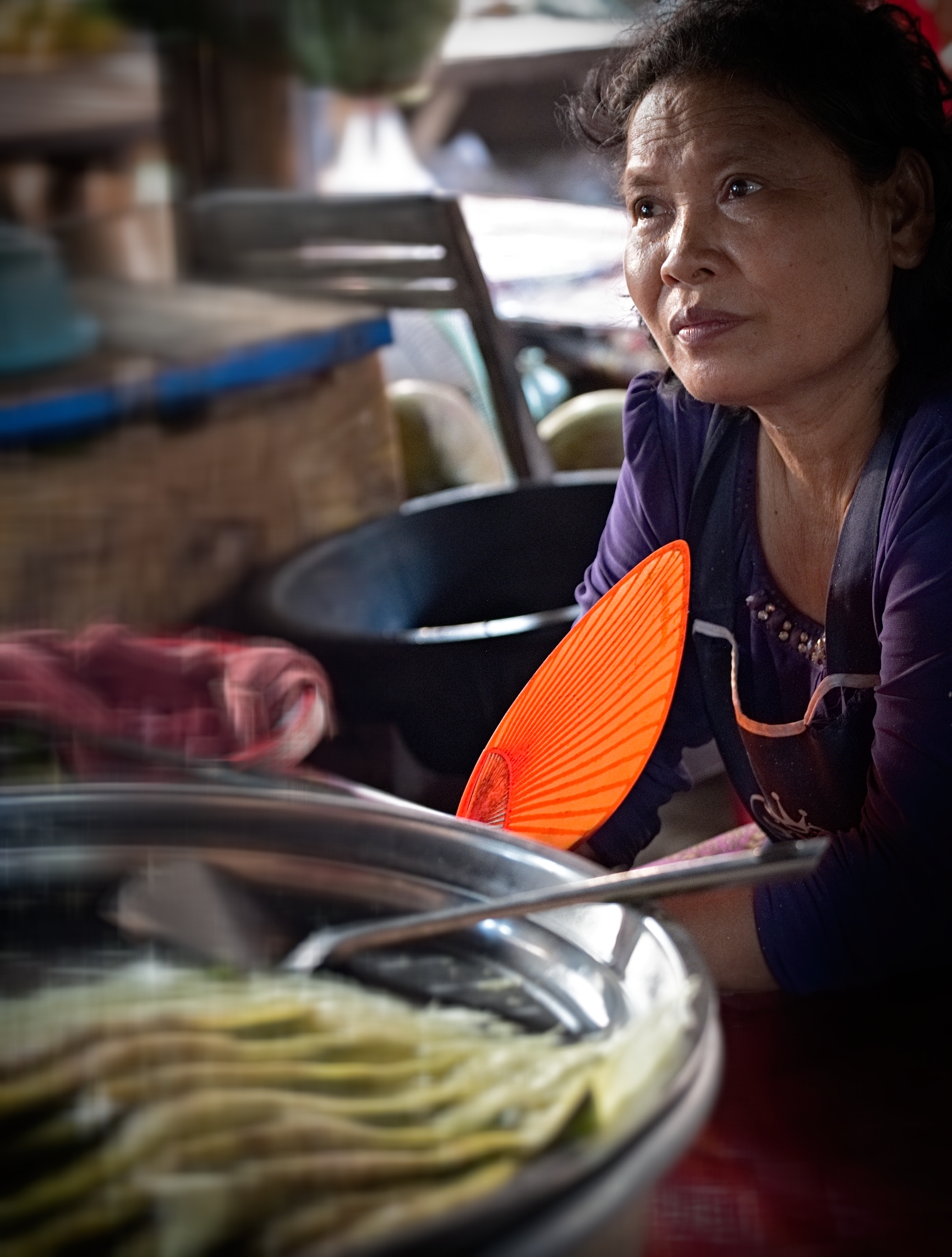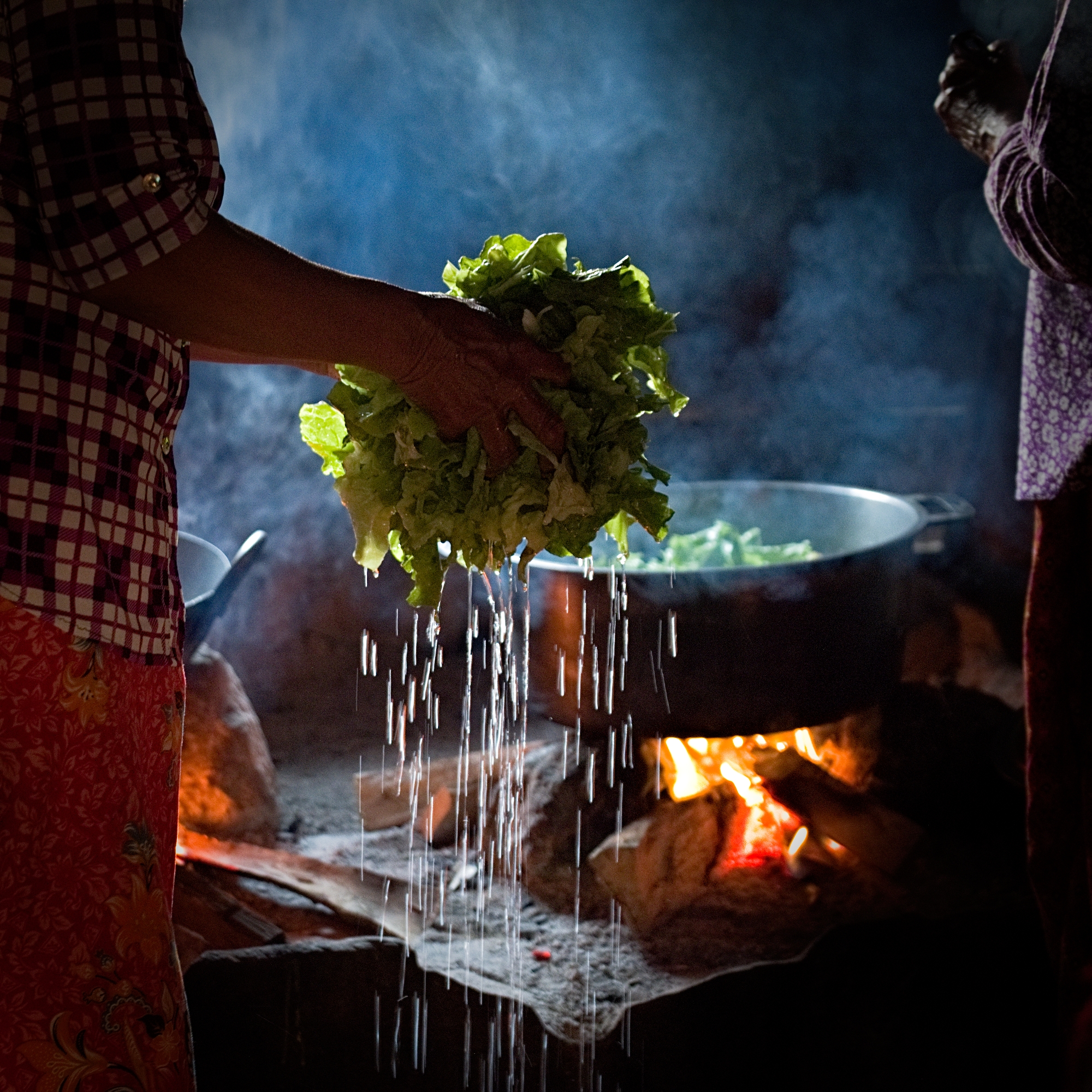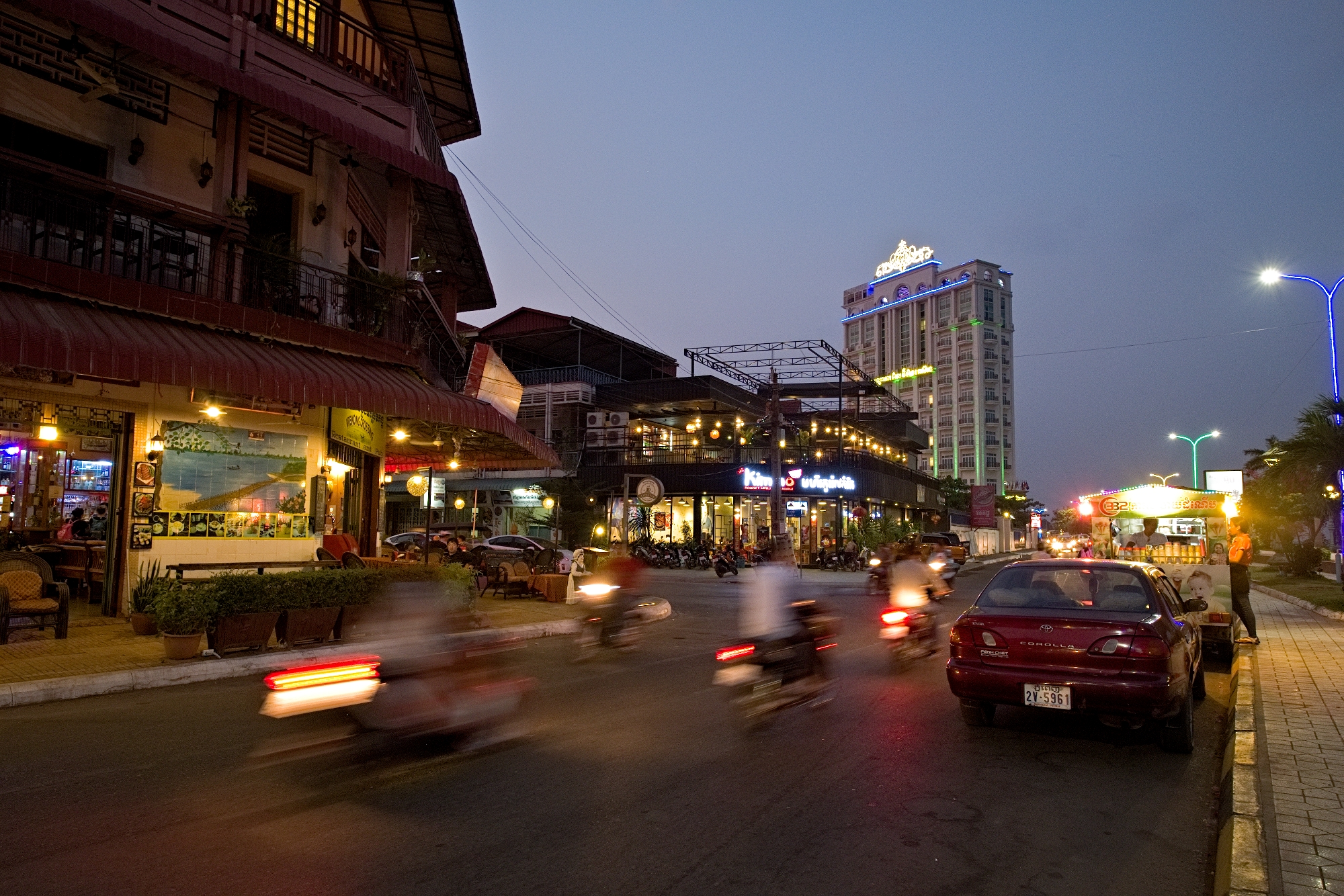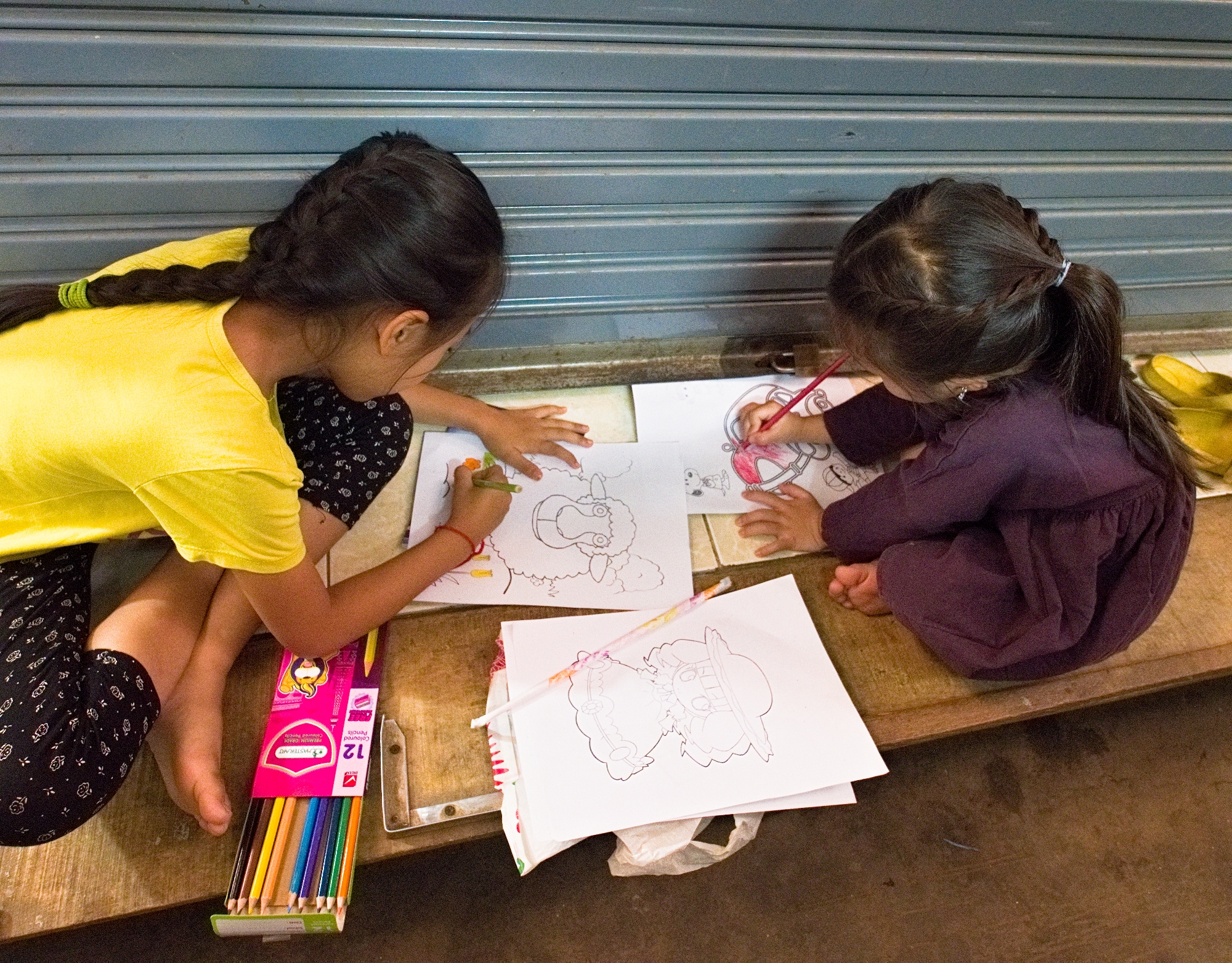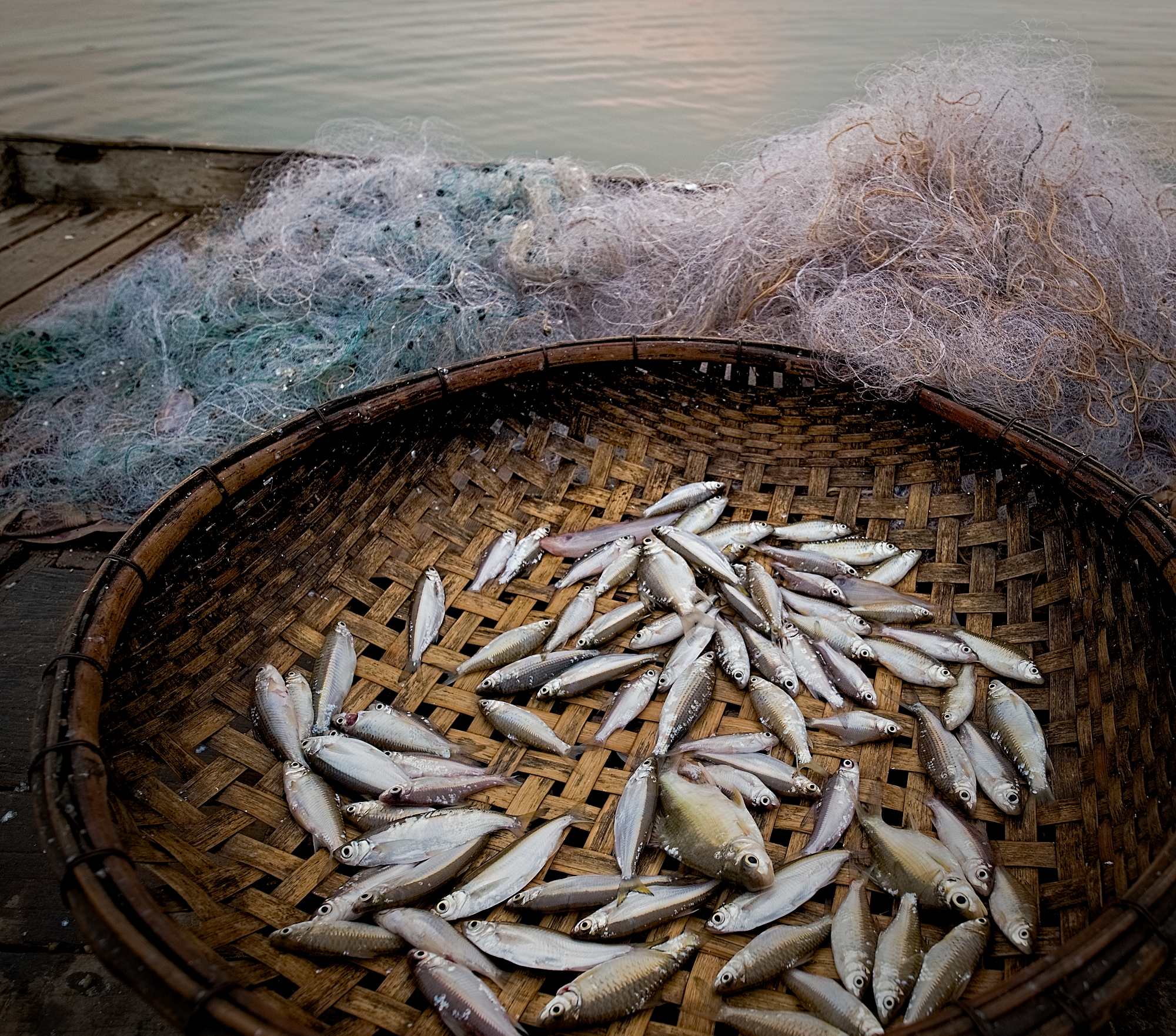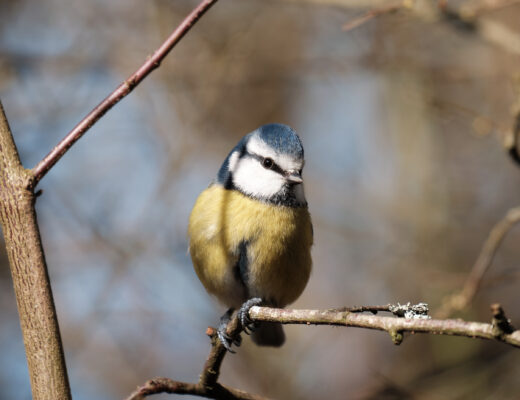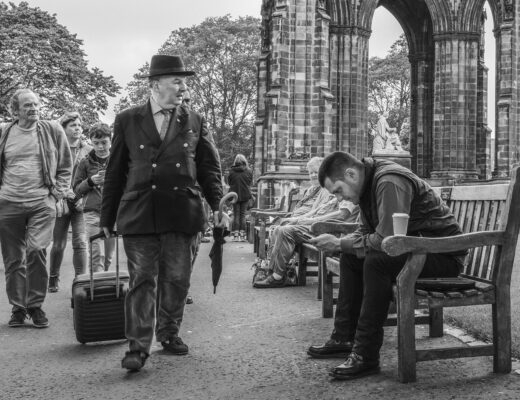What do you do when a photographer friend invites you to cycle with her around Cambodia for 4 weeks, and you barely know what a bicycle is? The answer is quite simple – you go!
So I set out to buy myself a re-furbished touring bicycle with a really really comfy saddle, a handlebar bag for my camera, and looked up Cambodia on the map. If I hadn’t made the move to Fujifilm a year previously, I certainly would have done it for this trip, as there was no way my big heavy DSLR and lenses would have fitted anywhere on that bike, probably toppling it over in the process. My X-Pro2 with a XF10-24mm f/4 lens sat very comfortably in the handlebar bag which I had fitted with a padded insert for some stabilisation, as well as 5 spare batteries and a stash of SD cards. Still something was missing… there was too much free space in that bag. So after a lot of Googling and self-convincing, I realised the only solution was a new XF50-140mm lens f/2.8. And it fitted perfectly!
As a photographer in the beautiful country of Namibia where I live, one tends to default to landscapes, birds, wildlife… and I wanted something more, something different. After ditching my DSLR equipment a year before and settling on the amazing little X-Pro2, I started becoming more creative with my work, finding new genres, and enjoying it all over again. So the idea of Cambodia with its people, food, and culture really appealed to me. And to do it on a bicycle… surprisingly, that appealed to me just as much!
After months of getting my backside used to living on a saddle, I was ready, and off we went – me, my bicycle-in-a-box, and my camera. The great thing about cycle touring is you have no choice but to travel extremely light, taking only the absolute essentials along. Cambodia is a very hot and humid country, therefore 3 changes of very light clothing, 1 pair of sandals, basic toiletries, and a hat was all I needed. I made use of packing cubes to separate my clothing, toiletries, tools, and camera/charging equipment, packing them in 2 panniers hanging either side of my saddle rack. I even took a small camping pillow (highly recommended!) and got myself a locally made woven sheet for which there was also space.
While cycling, a lot of photography is very spontaneous, so my camera’s place was in the handlebar bag. A hot dusty climate is the worst enemy for sensor dust, so my daily constraint was 1 lens for the entire day; no changes. It was either wide angles with a large DoF and moving in close to my subject, or standing back to zoom in, creating lovely bokeh with that beautiful f2.8 zoom.
I had never done street photography before. The people of Cambodia are extremely friendly and spontaneous; shouts of Hello-Hello! Where you from? with waving and cheering reached us in every village we cycled through. Very willing and a joy to photograph, they never asked for payment in return (BIG surprise for me coming from Africa!) and we reciprocated in buying from their shop or food stands when we could. I’ve always been very wary of approaching people if I had the opportunity to photograph them, and abhor the idea of shoving a camera in front of a stranger’s face without some sort of contact beforehand. I quickly learnt how to catch their eye, hold up the camera with an enquiring look, and the majority of the time I received a smile and a nod. If not, I would be the one to smile and nod, and then walk away.
The great thing about cycle-touring is you are not cycling in a race. You take your time, stop as you wish for a water refill, a rest, a bite to eat, whenever you see something interesting to photograph. We covered distances from 30km a day up to 110km a day. If we felt like spending 2 or 3 nights in one place, we did. We rode on all kinds of roads from super busy to almost deserted, in-amongst all kinds of transport. We slept mostly in guesthouses – some good, some not so good; we home-stayed in a floating village; we slept on the floor of a temple with a hundred monks; we slept in delightful reed huts built on stilts above the Mekong River.
Living with the Khmer people like this, we ate with them too – noodle soup, fried rice, pork paus, fresh spring rolls, chopped up chicken with chillie, Amok and Lok Lak curries, … prepared on the street with a couple of plastic chairs to relax on or sitting on grass mats at the night market, and always accompanied by an ice cold beer.
I photographed everything – beautiful lined faces; food preparation; saffron-robed monks; children playing in the streets; temples with their shadows, textures, and light; the markets – oh the markets! – with their never ending colours and vibrance. The lightness and ease of handling of the X-Pro2 made it all so easy and possible to get new POVs, hand-held longer exposures, and great low-light shots. People don’t see this piece of magic as an intrusive camera, and with it’s super-silent shutter release they barely even know you’re making pictures at all.
Would I do this again? Most definitely Yes! From a photographic side? The absolute best for travel photography because you have TIME. Would I change my equipment? One body, 2 lenses is the perfect combo, but a 2nd body would have helped if I had it. Lesson learnt? If you have good friends, anything in life is possible ?.


